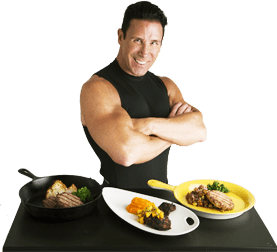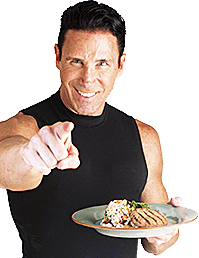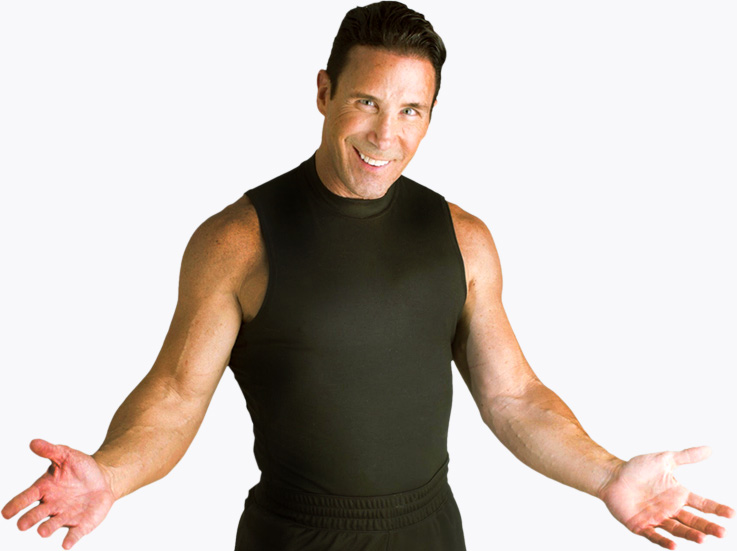05/01/2019
Controlling Your Body Temperature
Working out in the heat creates additional challenges for our ability to maintain fitness regimens. After a cold winter of longing for summer, we can find ourselves overwhelmed when summer really kicks into high gear. That's because of how we normally regulate our temperature. Knowing how your body regulates its temperature can help you make better choices for your summer workouts.
When your body is cool, vasoconstriction -- the narrowing of blood vessels to skin capillaries -- keeps blood away from the surface of the skin, reducing the loss of heat from the skin. If your body is too warm, blood vessels leading to the skin capillaries dilate, allowing blood to flow near the surface. Heat is then released through the skin by radiation. To further reduce body temperature, sweat is produced by the sweat glands and evaporates, cooling the skin. The importance of your body's ability to regulate temperature becomes even more important when your muscles produce more heat during exercise and the environment becomes hotter, causing radiation to become less effective in reducing body heat.
Any time we exercise, the working muscles call for more energy through an increase of blood supply and oxygen. The heart works harder to accomplish that. Additionally, the working muscles also create heat by using the oxygen in your blood’s hemoglobin to convert the glucose in your bloodstream into usable energy. This increase in core body temperature can put the the functions of the your central nervous system and muscle cells at risk, especially when heat loss is challenged by warmer environmental temperatures that make it difficult for the skin to cool.
At this point, our bodies direct more blood to the skin for cooling at the same time it is needed for the increase in the muscular workload when you're working out. Skin and working muscles compete for the limited blood flow (think oxygen) that the heart produces, raising the risk of heat stroke or muscle fatigue. The good news is, we can acclimate to the weather and improve our overall performance at the same time.
Professional and high-level athletes often exercise in warm conditions to improve performance and prepare different climate factors. For people engage in light or medium-level exercise or have increased risk of heat-related illness, avoid exercising in peak heat. Instead, develop a gradual and incremental workout that increases your cardiovascular and thermoregulatory tolerance.
Take precautions to reduce the likelihood of heat illness.
-
The time of day is important. Avoid exercising from 10 a.m. to 3 p.m. It's the hottest part of day. If the weather is particularly hot, the best time of day is early morning.
-
Wear loose, light-colored clothing. Lighter colors help reflect heat. Cotton material helps sweat evaporate. Try some running shirts and shorts that are designed specifically for working out.
-
Protect your skin. Use sunscreen with SPF of 45 or 50.
-
Cool off with water sports. Swim some laps a couple days a week instead of running. The variety will refresh you in more ways than one!
-
Stay hydrated. Before you go out, drink a glass or two of water. Carry a bottle of water. Take a drink every 15 minutes, even when you're not thirsty and When you're done with your workout, have a few more glasses of water.
-
Check the weather forecast before you start your workout. If there's a heat, pollution or high ozone advisory, protect your lungs and think of working out indoors.
Listen to your body. Stop immediately if you're feeling dizzy, faint or nauseous. Take precautions and have a great workout!























